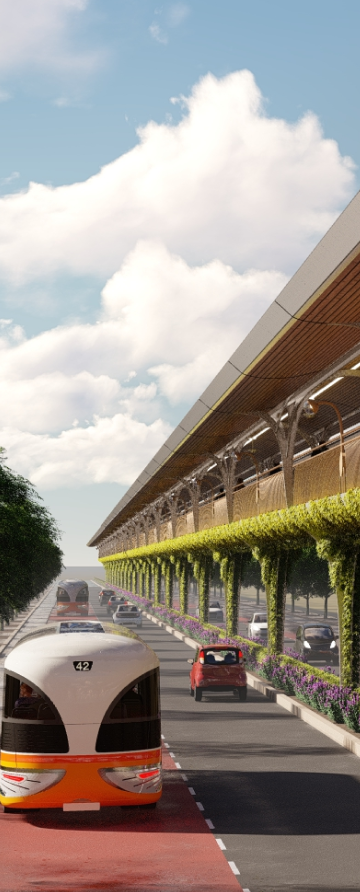PILLARS
SPACE & MOBILITY
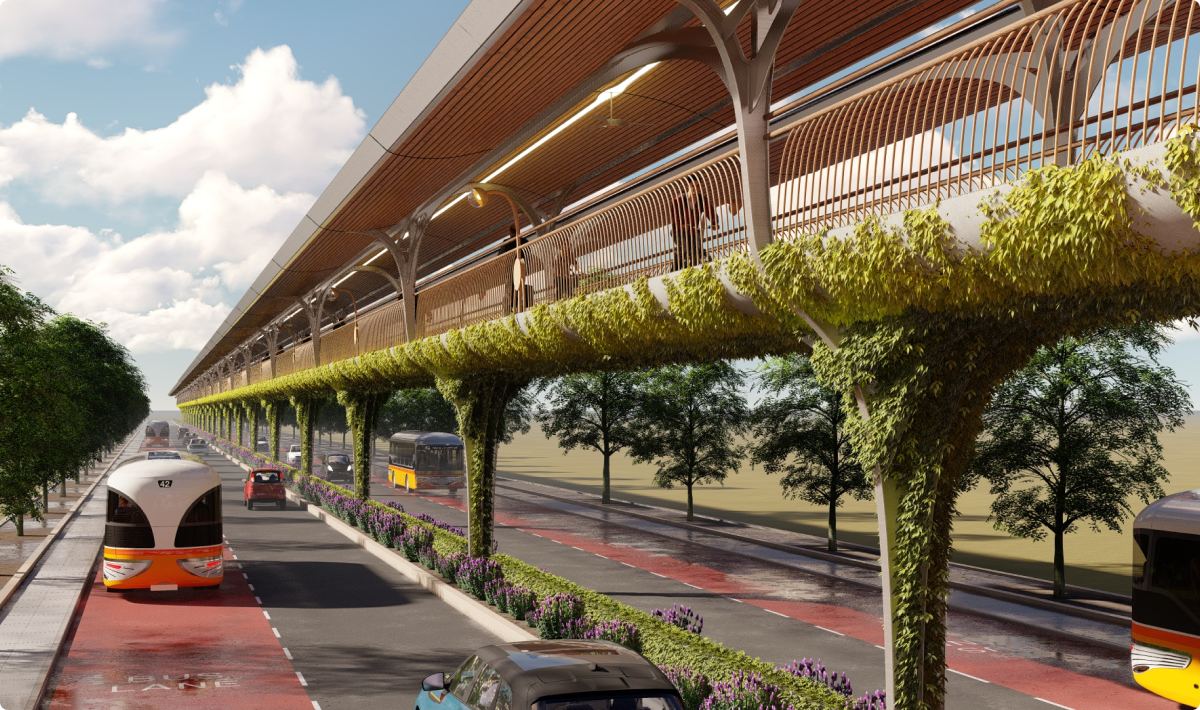
Urban Form
Designing and developing urban areas to optimize density, reduce sprawl, and integrate buildings into their surroundings to minimize environmental impact and enhance sustainability.
Walkability
Enhancing the pedestrian environment to improve quality of life, reduce traffic congestion, and promote sustainable living, particularly focusing on thermal safety and comfort in hot arid climates.
Transportation Resilience
Developing robust and efficient transportation networks that can withstand various disturbances, ensuring sustainability and functionality, especially during large-scale events and in the face of climate change.
HOME • RESEARCH • PILLARS • SPACE & MOBILITY
Space and Mobility in Action:
Interactive Urban Model
Explore our dynamic urban model showcasing key projects under the Space and Mobility pillar. This interactive representation highlights our efforts in optimizing urban form, enhancing walkability, and improving transportation resilience, offering a vivid demonstration of how our research contributes to sustainable and livable urban environments.
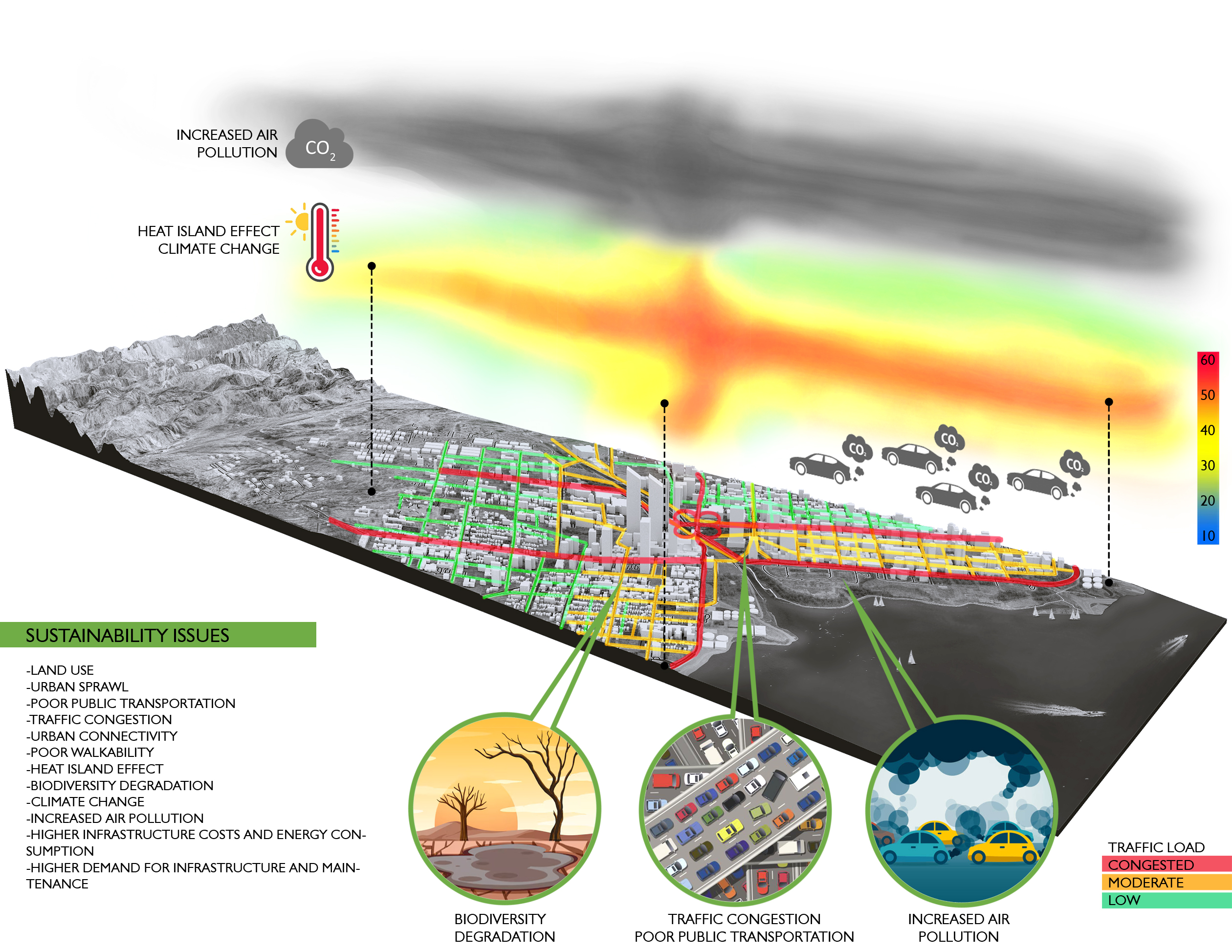
Goals
Sustainable Density
Aim to enhance urban sustainability by increasing building density, which can reduce transportation energy consumption and mitigate environmental impacts. This involves promoting smart growth and integrating buildings into their surroundings to avoid sprawl.
Heat Reduction
Focus on mitigating the Urban Heat Island effect through strategies such as increasing vegetation, optimizing building materials, and implementing reflective surfaces. This goal seeks to lower surface temperatures and improve overall urban climate resilience.
Walkability Enhancement
Improve urban walkability by designing neighborhoods that prioritize pedestrian access and safety. This involves assessing and upgrading infrastructure to foster a more connected and accessible urban environment.
Transportation Resilience
Strengthen the resilience of transportation systems against disruptions and climate impacts. This goal includes developing adaptive strategies and technologies to ensure that transportation networks remain functional and efficient under various stress conditions.
Ecosystem Integration
Promote the integration of urban development with local ecosystems to preserve biodiversity and support natural processes. This includes managing land use and landscaping to reduce ecological disruption and enhance environmental quality.

Above-Ground Carbon Stocks of Urban Greeneries in Arid Areas
This project focuses on mitigating carbon emissions through urban greenery in arid regions, where water resources are limited. By using treated sewage effluent (TSE) instead of desalinated water for landscaping, the project aims to reduce CO2 emissions significantly. The study measures the operational carbon footprint of landscaping activities, the carbon captured by urban green areas, and the net carbon storage achieved. Findings indicate that TSE usage reduces CO2 emissions by approximately 12 times compared to desalinated water. The project also evaluates the potential carbon stock in green areas established in Doha over the past decade.

Urban Heat Island Effects: Assessment Using Satellite Data in Water-Scarce Regions
The urban heat island (UHI) effect elevates temperatures in urban areas, affecting the quality of life and the environment. This project uses Landsat 8 imagery to assess surface UHI at Al Bayt Stadium in Qatar, comparing land surface temperatures (LST) before and after construction. The study reveals that natural vegetation significantly mitigates UHI, with notable decreases in LST correlated with increased carbon sinks.
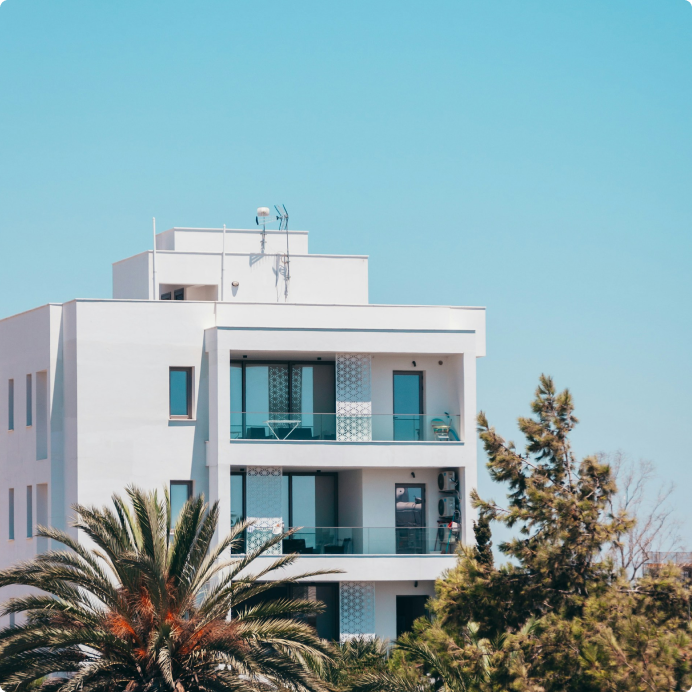
Walkability for Sustainable Living—Investigating Campus Walkability in Hot Arid Climates
Walkability is essential for sustainable urban living, addressing issues like traffic congestion and quality of life. This project explores the relationships between sustainability, walkability, and livability, focusing on thermal safety in hot arid climates. It aims to identify walkable limits and the impact of mitigation actions on thermal comfort and safety.
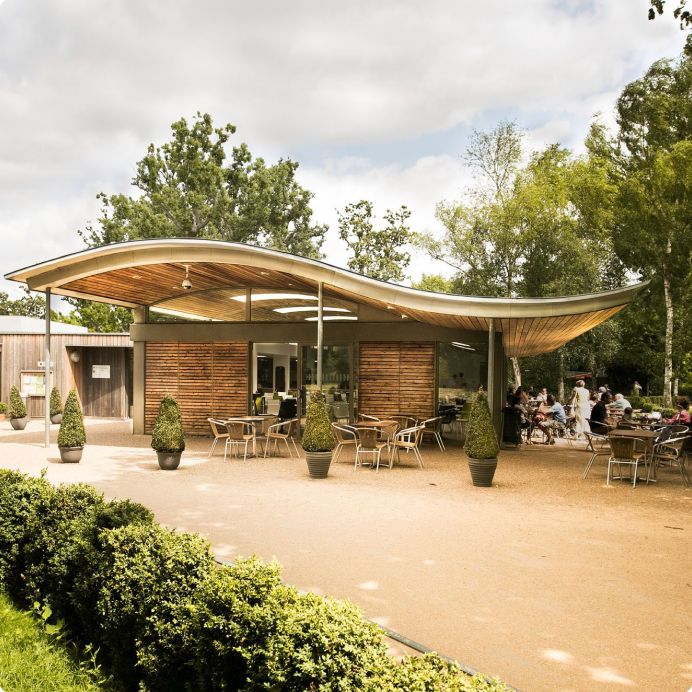
Impact of Smart Systems on Urban Sustainability and Livability of Low-Density Neighborhoods
Smart systems can enhance urban sustainability and livability, especially in low-density neighborhoods. This project reviews Doha's neighborhoods and the integration of advanced transport and communication technologies. A Delphi study identifies key perceptions for future sustainability and examines residents' views on neighborhood improvement and transportation mode changes.

Resilience and Sustainability of Civil Infrastructure Systems to Flooding
This project develops a conceptual framework for sustainable and resilient urban infrastructure. It assesses the resilience of civil infrastructure systems to flooding in Qatar, modeling risk, sustainability, and resilience integration into life-cycle management.
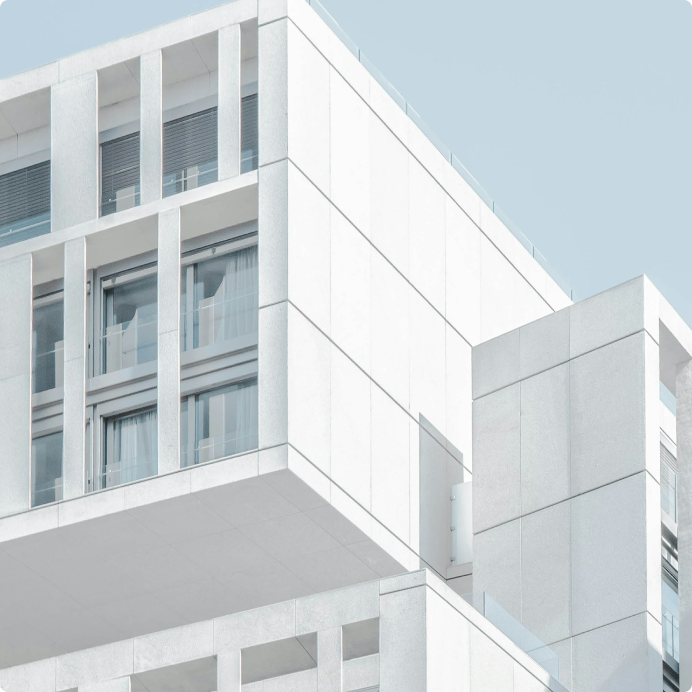
Transportation System Resiliency Assessment and Indicators Under Different Disturbances
A resilient transportation network is vital for hosting successful mega-events like the FIFA World Cup. This project evaluates the resilience of Qatar's transportation network under natural disasters, intentional attacks, and widespread failures, providing insights for future studies on transportation system resilience.
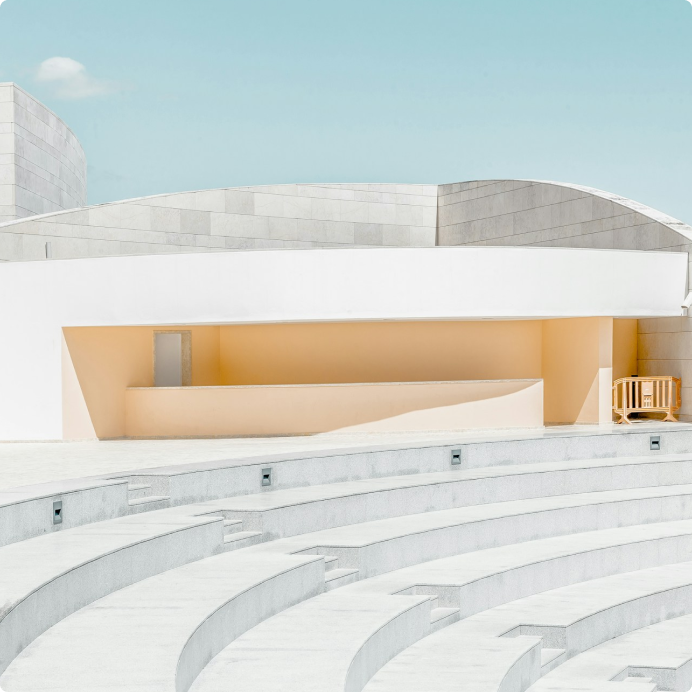
Socio-Environmental Impact Assessment of Sustainable Urban Mobility
This project compares the life-cycle environmental impacts of private automobiles and the Metro, demonstrating that public transportation is more sustainable. It also assesses public attitudes towards using public transit and identifies resistance factors.
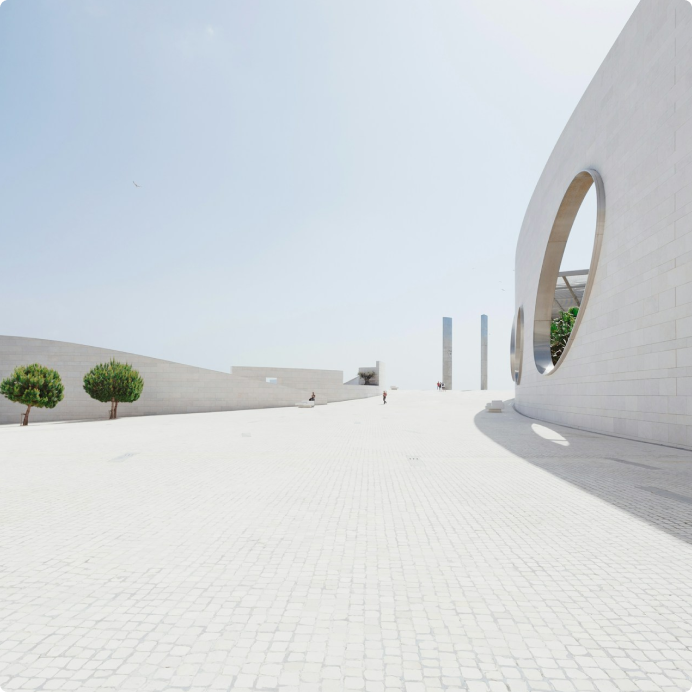
Multiscale Integrated Analysis of Societal and Ecosystem Metabolism
Using the MuSIASEM approach, this project analyzes Qatar's energy consumption patterns and their relationship with economic activities. The findings help formulate policy recommendations to support National Vision 2030.

Modeling the Impacts of Efficiency on Fleet Fuel Consumption in Vehicle-Importing Countries
This project investigates the impact of introducing more fuel-efficient vehicles, revealing significant reductions in emissions and fuel consumption. It also assesses the life-cycle emissions of diesel fuel in non-passenger vehicles, identifying key stages for emission reduction.

Enhancing Urban Resilience through Greenery in Riyadh
This project focuses on the role of urban greenery and public parks in bolstering city resilience amid climate change. Specifically, it examines how enhancing green spaces in Riyadh can mitigate heat island effects, improve air quality, and support urban ecosystems. The research involves assessing the effectiveness of current green infrastructure and developing strategies to integrate more vegetation into the city's planning and development processes. By expanding and optimizing public parks, the project aims to create a more resilient and livable urban environment for Riyadh's residents.


Achievements

One of the highlighted recognitions under this pillar was the nomination for the Elsevier Atlas Award for the paper titled “Climate Change Impacts on Critical Urban Infrastructure and Urban Resiliency Strategies for the Middle East.” Each month, the Atlas Advisory Board showcases research that could significantly impact, or has already impacted, the lives of people around the world. My article was chosen among 10 other papers for March 2020 from all papers published in the same month—more than 40,000 documents published by Elsevier in 4,000-plus journals publishing articles covering science, technology, and health. This article was the result of an externally funded project from the Qatar National Research Fund (QNRF) titled “The Resiliency of Doha’s Built Environment to Regional Climate Change.”

The second recognition under this pillar was the 2020 Education Excellence Award by Qatar’s Ministry of Education and Higher Education. It was for the Ph.D. work of my student, Soud K. Al-Thani, titled “The Impact of Smart Transportation Systems on the Refurbishment of Doha’s Existing Low-Density Neighborhoods.” The award was granted by his highness Sheikh Tamim bin Hamad Al-Thani, the emir of Qatar..”
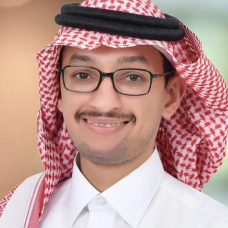
Sami G. Al-Ghamdi
Associate Professor, Environmental Science and Engineering
